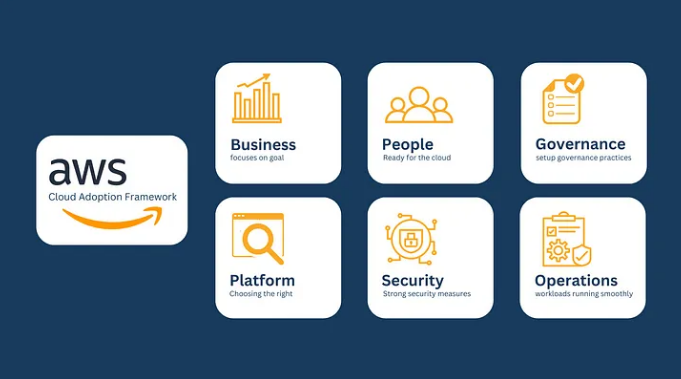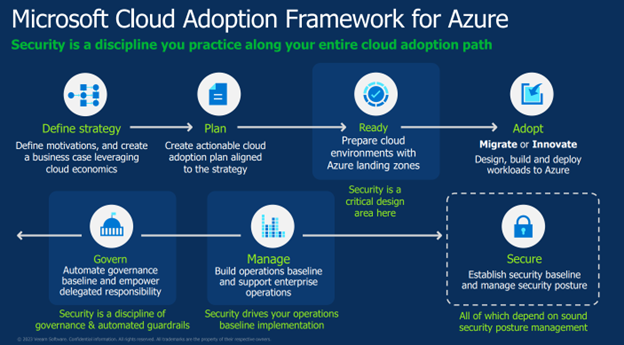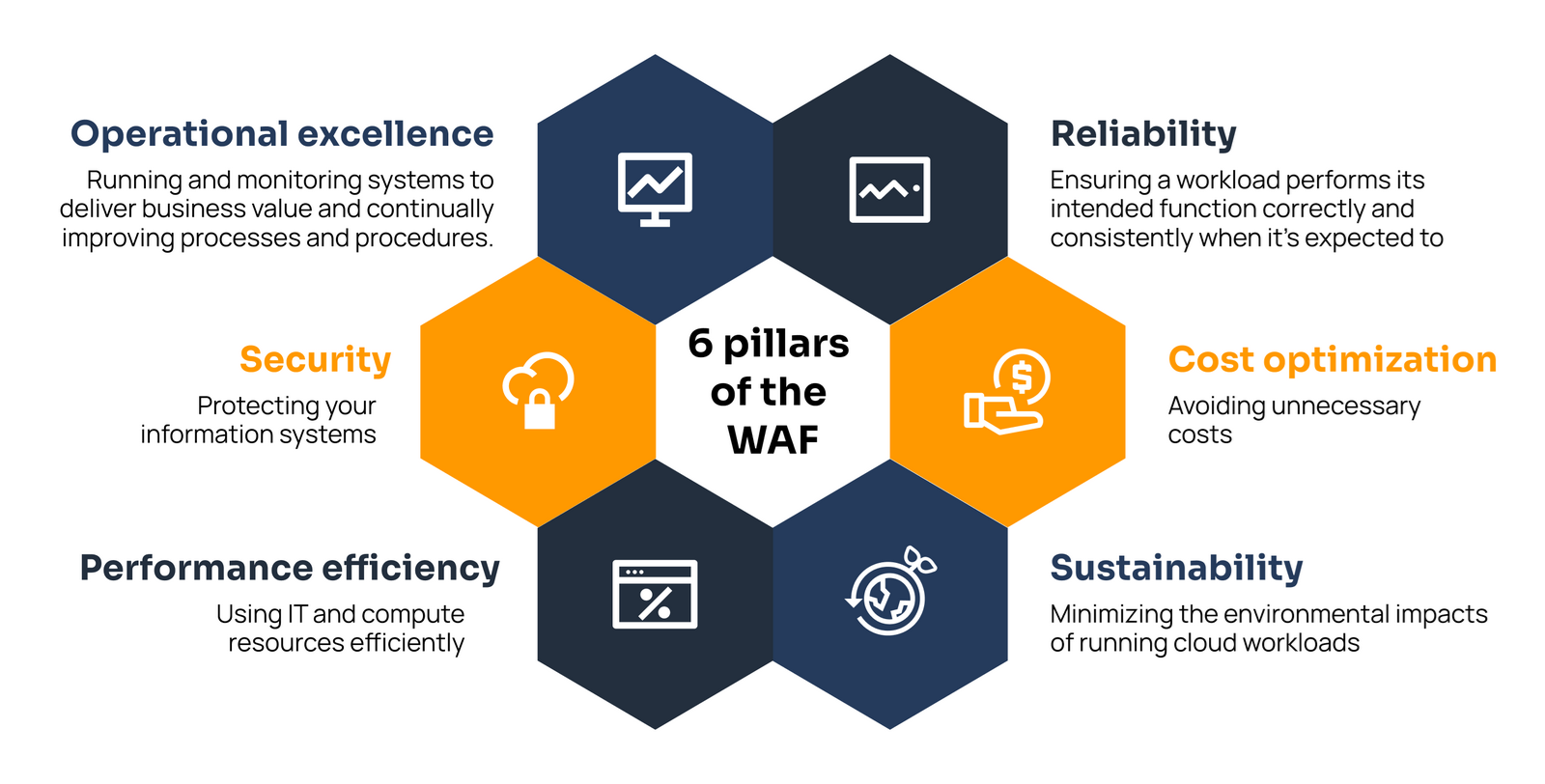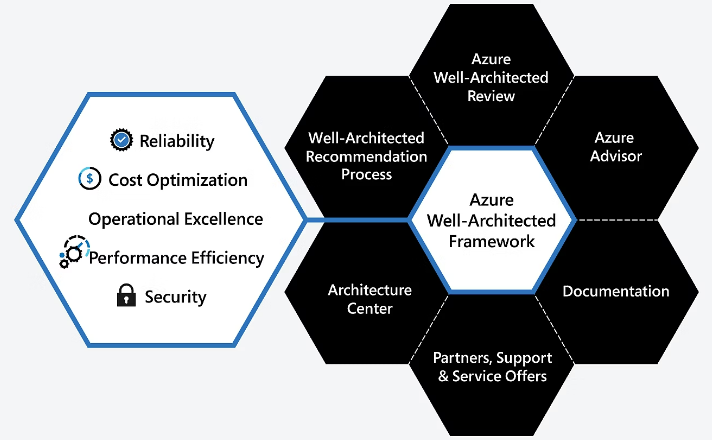Leverage Cloud Adoption Frameworks (CAF)
As organizations migrate to cloud environments, structured guidance becomes essential for aligning technology with business goals securely. Cloud Adoption Frameworks, such as the Microsoft Cloud Adoption Framework for Azure or AWS Cloud Adoption Framework, provide prescriptive guidance across multiple stages of adoption—planning, readiness, migration, governance, and security.
These frameworks help ensure:
- A secure and compliant cloud foundation
- Risk mitigation during migrations
- Centralized policy enforcement and monitoring
- Alignment with organizational objectives
For security teams, CAF emphasizes identity, networking, policy enforcement, and access controls as foundational pillars. Integrating security early in the cloud journey ensures you prevent misconfigurations and access gaps that are common during rapid cloud transitions.
Links:




